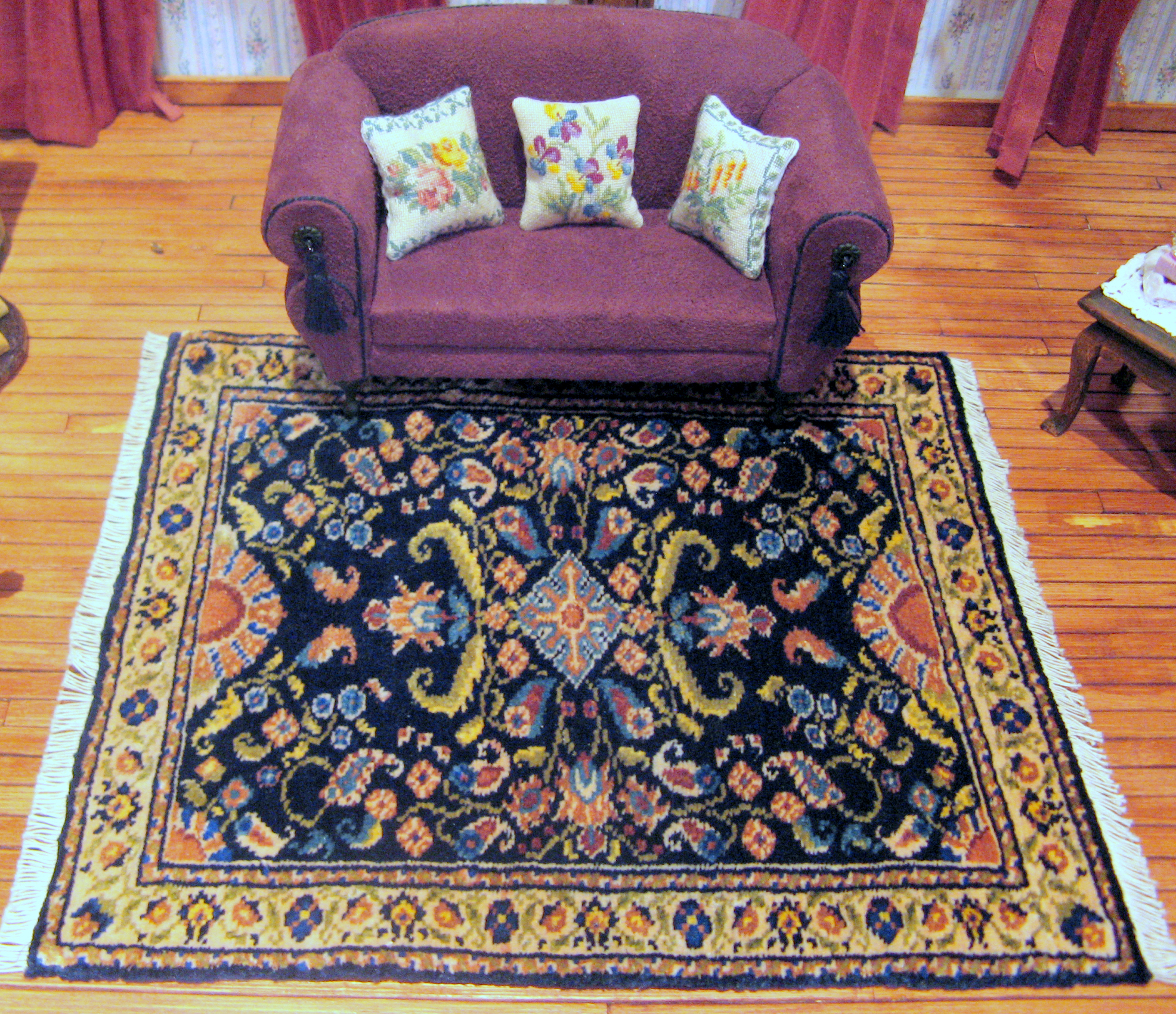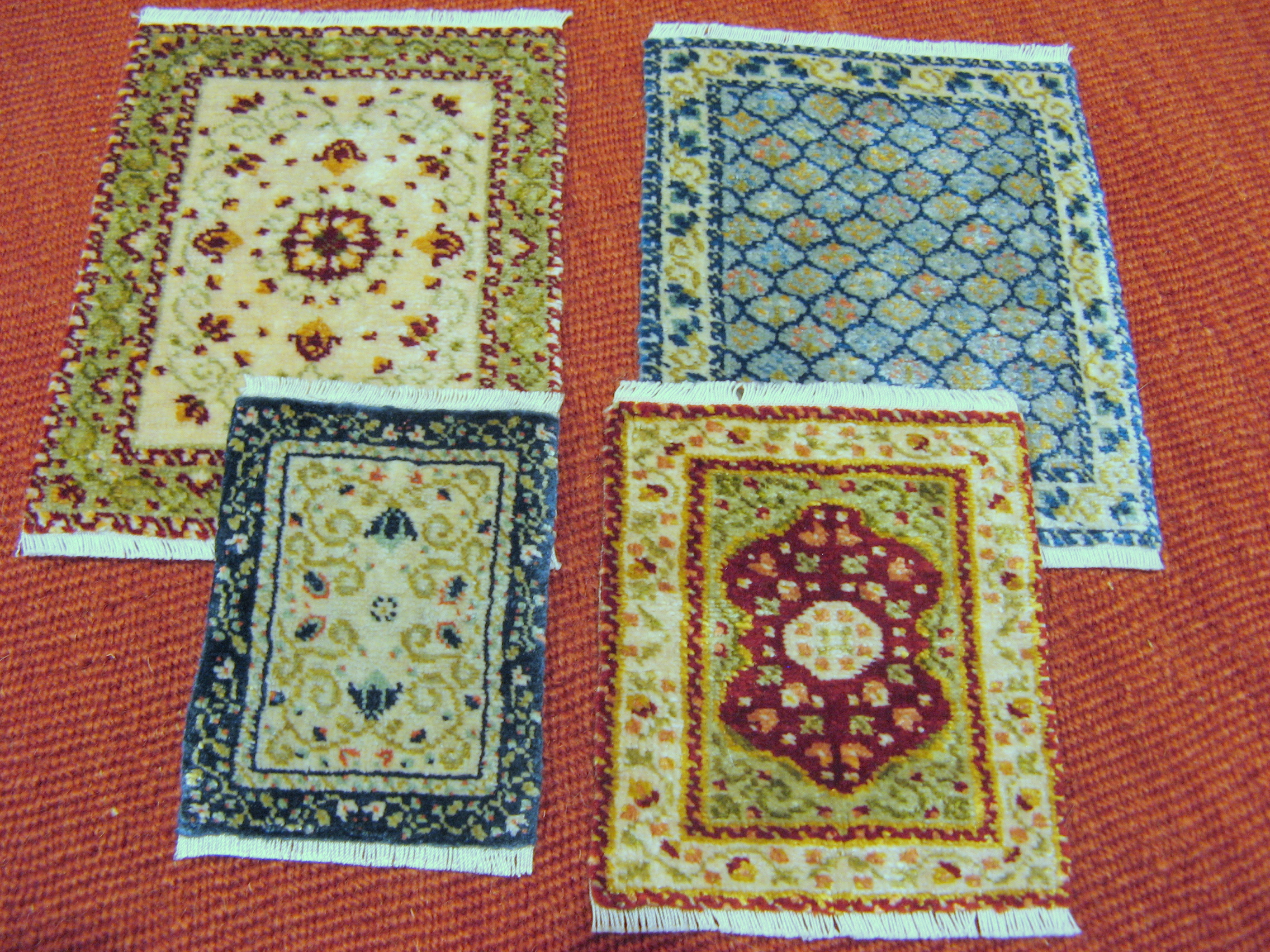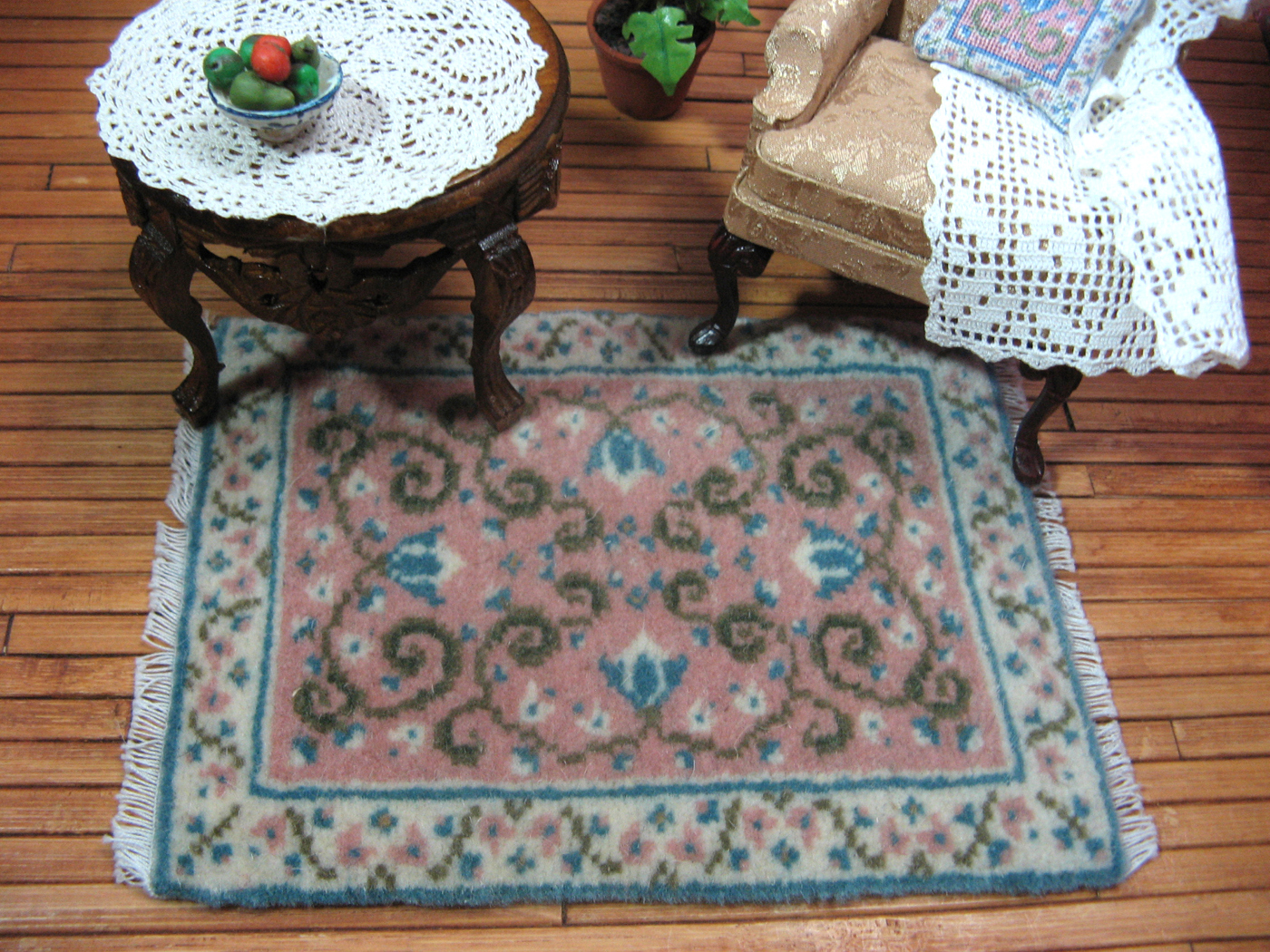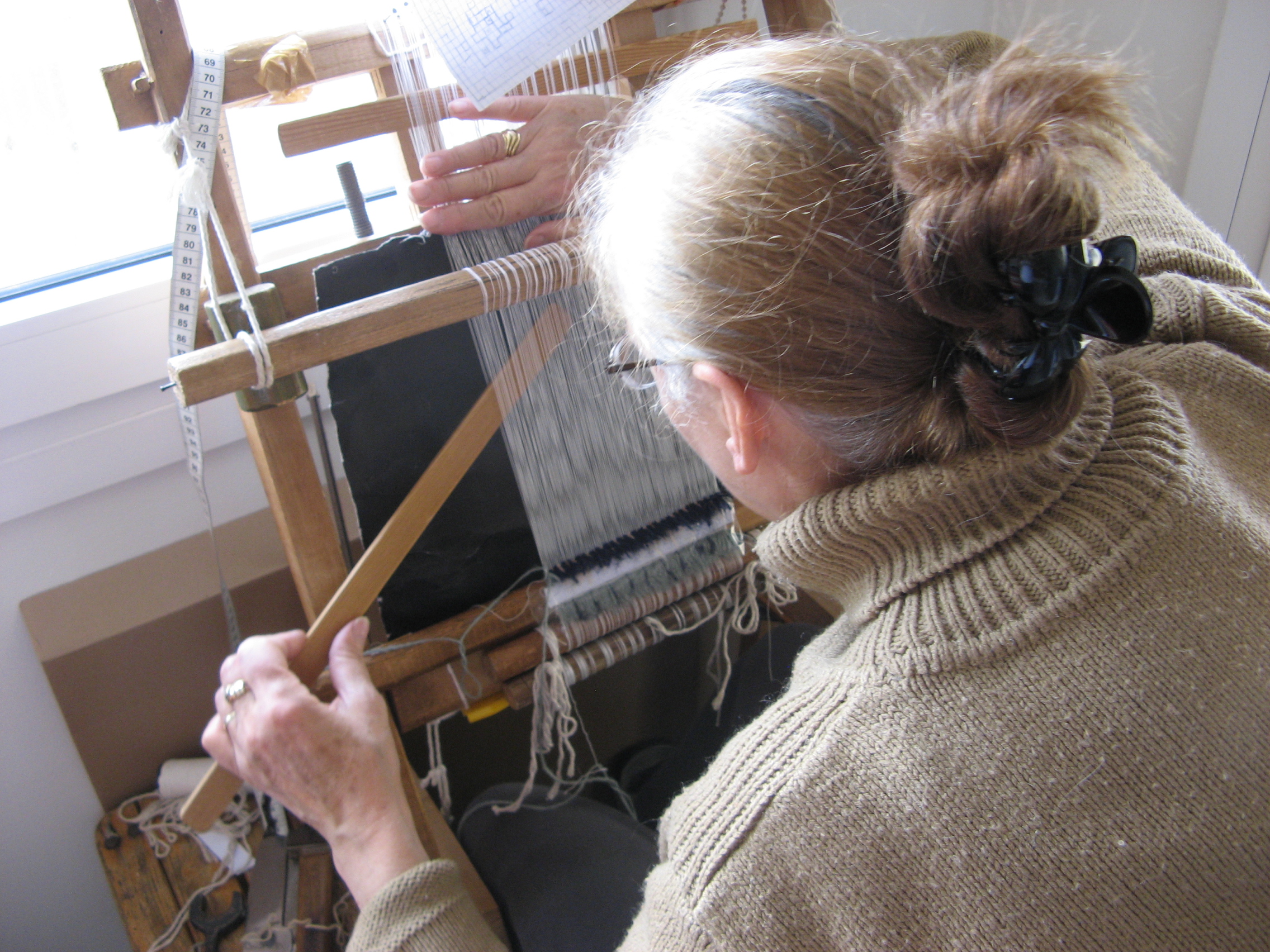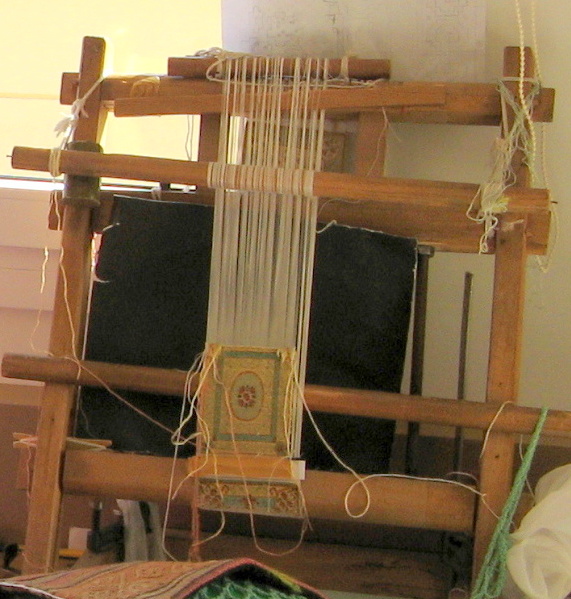Miniature Rooms by Robert Off
When was the first time you realized you had an interest in miniatures?
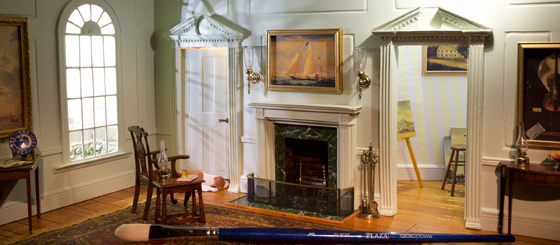 I really enjoyed painting lead soldiers as a child. I transitioned from soldiers to miniatures. I used to paint the eyeballs and eyelids of the soldiers – all such small details. I was always interested in miniatures actually. I remember seeing a bar scene at a miniature shop and thinking it was quite interesting. I loved museums and the dioramas there. It doesn’t make a difference to me what scale a miniature is in, as long as it tells a story. Everyone has a story, and people like stories. I know I certainly enjoy stories.
I really enjoyed painting lead soldiers as a child. I transitioned from soldiers to miniatures. I used to paint the eyeballs and eyelids of the soldiers – all such small details. I was always interested in miniatures actually. I remember seeing a bar scene at a miniature shop and thinking it was quite interesting. I loved museums and the dioramas there. It doesn’t make a difference to me what scale a miniature is in, as long as it tells a story. Everyone has a story, and people like stories. I know I certainly enjoy stories.
From there, I got into art. I fell in love with art, especially American art. When it comes to learning, I’m quite visual as opposed to instructional. It’s always been easy for me to understand planes, dimensions, and space. American art is all about the genre and the story.
I’ve been building miniature architectural boxes since 1998. I was inspired by the miniature architectural boxes designed and created between 1932 and 1941 by Mrs. James Thorne and Eugene Kupjack. After seeing these Thorne Miniature Rooms at the Art Institute of Chicago, I made my wife a room box for Christmas.
How long does it take you to create a room box?
I don’t know exactly how long it takes. A few years back, I bought myself a fancy docking station to listen to music. In my studio, I would concentrate so hard that I didn’t hear the music. As a consequence of that deep concentration, it’s possible to concentrate on your inner self and it takes you to a deeper place. It takes you into a deep thought process. It’s a phenomenon among artists. I don’t hear the phone ring, I don’t know how long I’ve been there. I’ve messed up my back due to that deep, deep concentration.
Most days I work 4-5 hours a day or take breaks in between. I like to walk away from a room box for a few days, then get back to it. The problem with miniatures is that once you get going, you fall in love with the work. And you grow too close to it. There’s the fine line of not overworking it, otherwise you would take away all the intensity.
Do you have a favorite room box that you’ve built?
Winslow Homer’s studio in Panascot Bay. It’s my favorite because Homer is one of my favorite artists. There’s a personal connection. I got to identify with the artist as I was working on it. Because he’s one of my favorite artists. It’s a personal connection. You get to identify with artist you’re working on.
I always design a work first, and I don’t hold back in the design plans. Then I begin to build it. I don’t let the practical interfere with the artistic. Therein lies the puzzle. After walking away for a couple of days, I come back and figure out how to wire a piece.
What’s your definition of art?
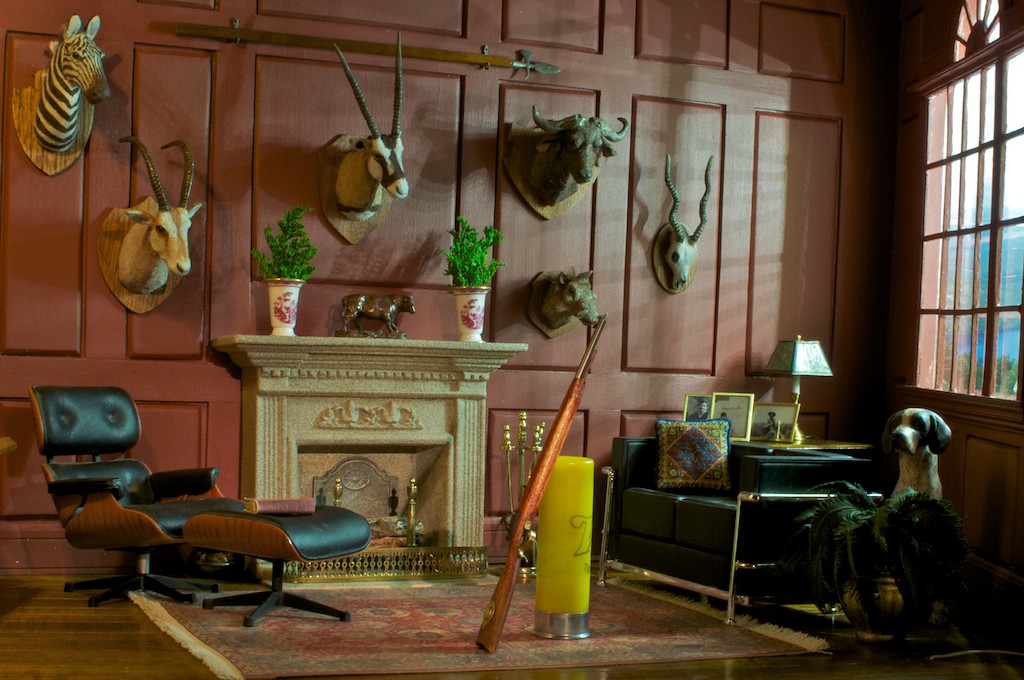 My definition of art is that it has to be interesting. It has to be technically good. And it should be transformative. Art should take you to a different place beyond yourself. The art of miniatures departs from the crafts of miniatures. I approach my room boxes as art, not necessarily as an artisan. I work to make the art different. Mel Bochner once said, “Objects are emotions.” So I put those into my pieces, as triggers. I love symbols. Magritte is great and so is the set designer Robert Edmond Jones. When I started making my miniatures, I tracked down every book on stage design because that’s essentially what I’m building. Jones was one of the first to feel strongly that stage design should add to the story. So it’s not necessarily in the arrangement of the chair, but in where it lies. Exactly to the right or exactly to the left. Jones did a lot of work for Eugene O’Neill on Broadway who was considered to be the best with light.
My definition of art is that it has to be interesting. It has to be technically good. And it should be transformative. Art should take you to a different place beyond yourself. The art of miniatures departs from the crafts of miniatures. I approach my room boxes as art, not necessarily as an artisan. I work to make the art different. Mel Bochner once said, “Objects are emotions.” So I put those into my pieces, as triggers. I love symbols. Magritte is great and so is the set designer Robert Edmond Jones. When I started making my miniatures, I tracked down every book on stage design because that’s essentially what I’m building. Jones was one of the first to feel strongly that stage design should add to the story. So it’s not necessarily in the arrangement of the chair, but in where it lies. Exactly to the right or exactly to the left. Jones did a lot of work for Eugene O’Neill on Broadway who was considered to be the best with light.
Imperfection is what makes the thing real. Nothing in this world is perfect. When you look at something that’s perfect, it ultimately registers as untrue. If you’re striving for perfect you’re missing the art. The art is in the perfect, yes, but craft is in the imperfection. And so the doors of my room boxes are a little twisted and not symmetrical.
What symbols do you include in your own work?
I often include fruit, such as oranges or apples, as I always had food around the house. I frequently include a dog. And chances are, you can find a spittoon in my pieces as well. I also like to include something in the drawer that no one can see, but I know it’s there. It gives me a thrill.
I make my room boxes for me and hope someone else likes them. I don’t take commissions. I don’t take suggestions. So, I place symbols in my work because they make me feel good.
The reason I don’t take commissions is because this is a second career for me. My whole life, I’ve catered to customers or supervisors and this is not about that. This is for me.
Advice for new artists?
The transition from hobby to career is a tricky one. I made room boxes as a hobby for a couple of years. But you can’t have the house littered with these things. So you have to keep creating new work and offset the cost and production time. So, what did I do? I sat down and wrote a 5 year plan. I mapped out where I would like to be in 1 year and in 3 years and so forth. I developed a list of goals and how I would achieve them. And when I reached the end of my plan, I sat down and wrote another one. If you don’t have a plan, you don’t know where you’re going, and you certainly don’t know how you’ll get there. If you want to be considered and viewed highly by your peers and the industry, then set a lofty goal for yourself. Set your brand and stick to it.
International Guild of Miniature Artisans (IGMA) member Robert Off is the owner of Miniature Rooms Company. To view more of his miniature rooms and highly-detailed room boxes, visit the Miniature Rooms website. You may also enjoy his miniature room tutorial videos on YouTube!
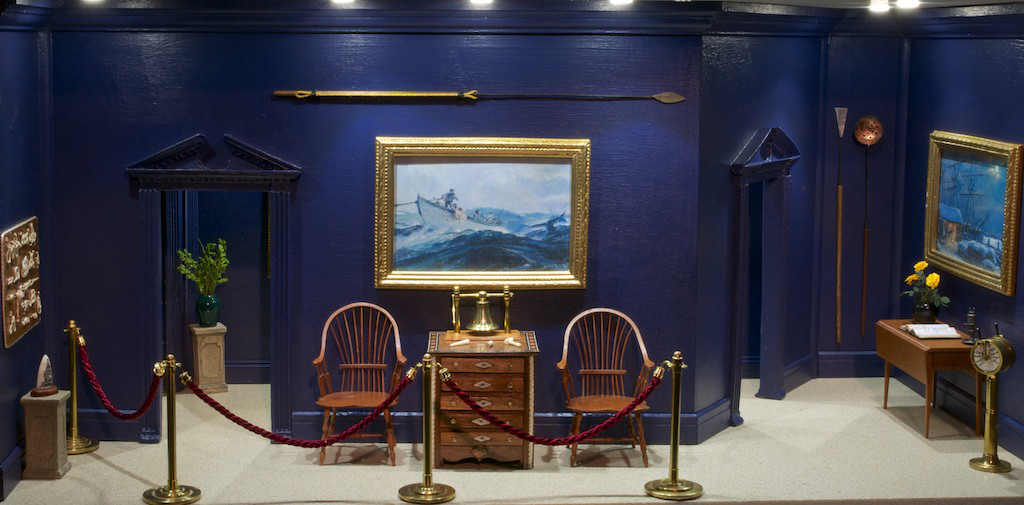
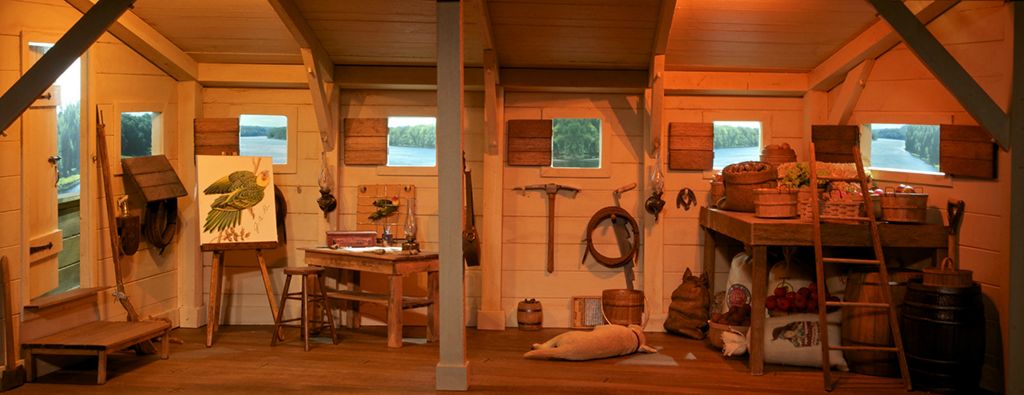
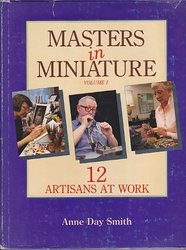
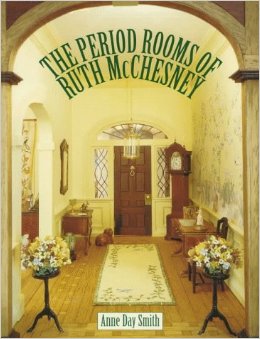
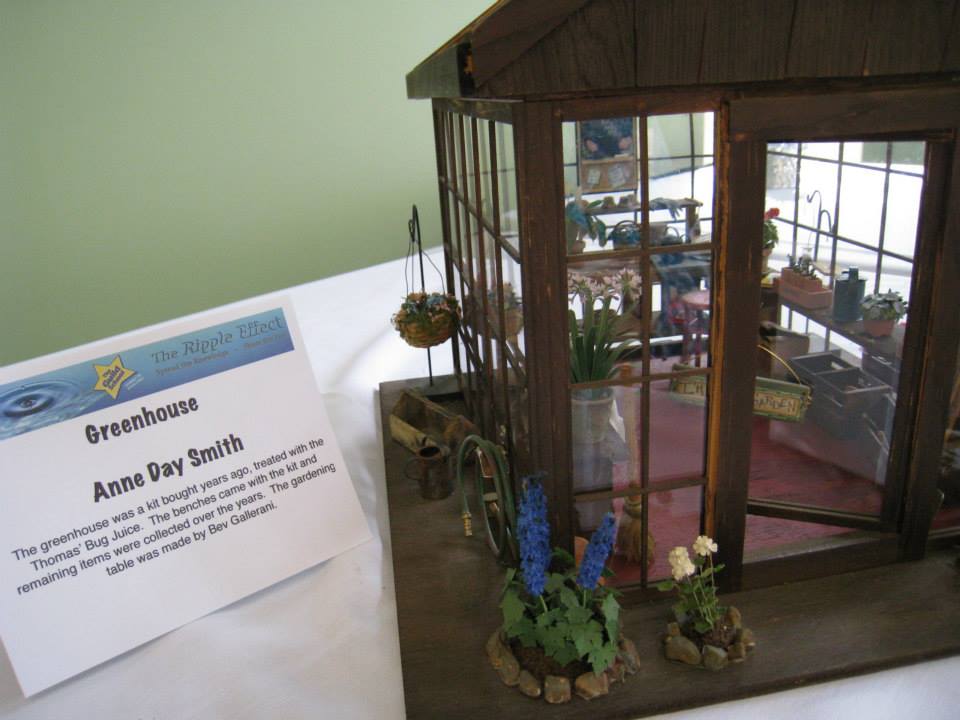
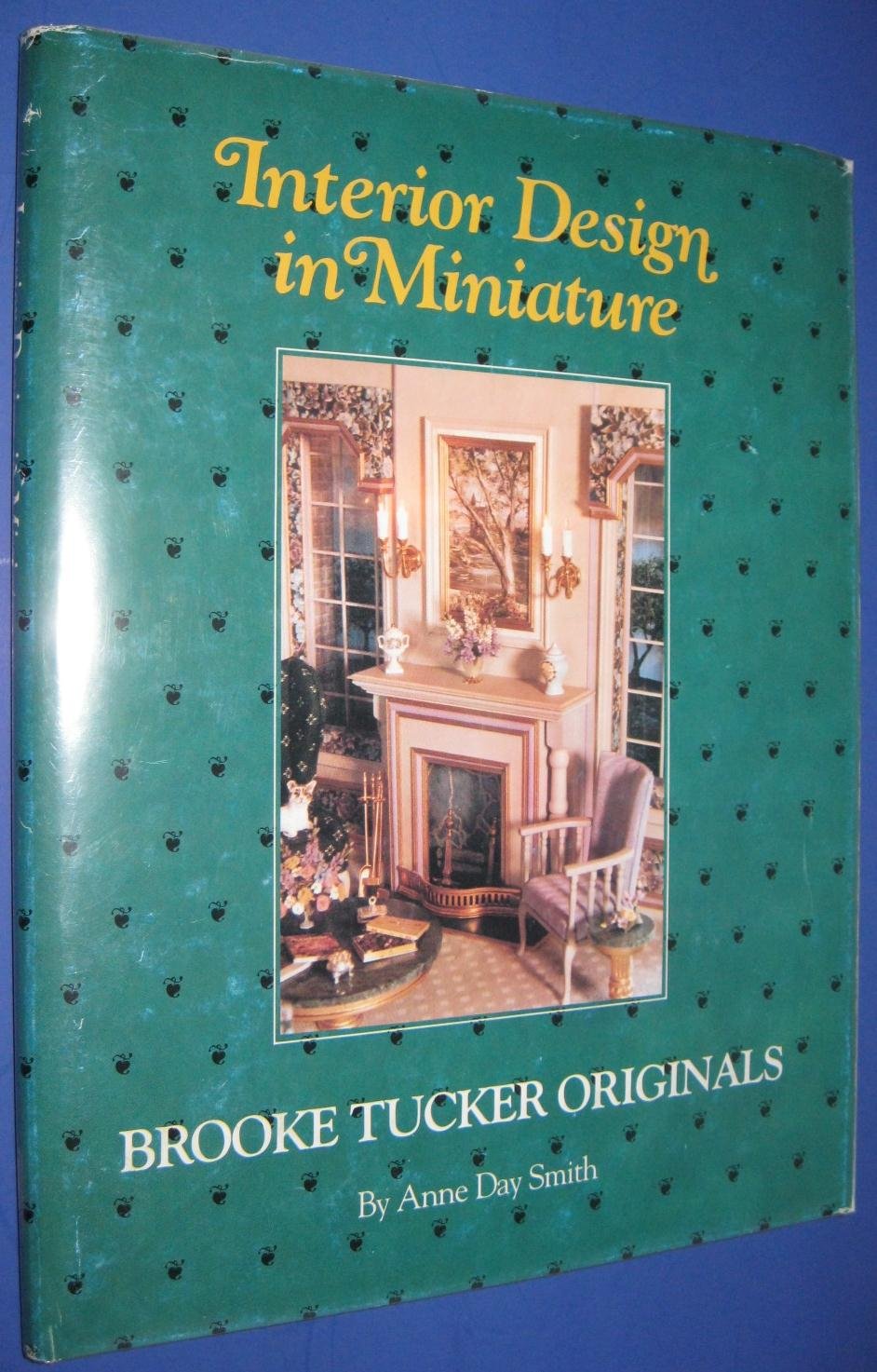
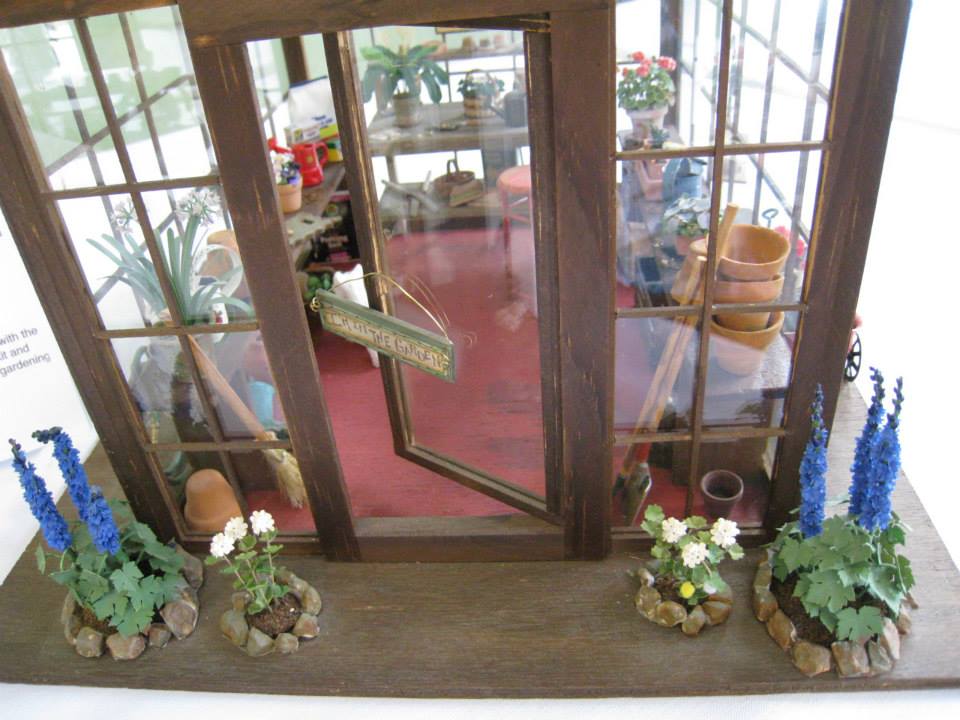
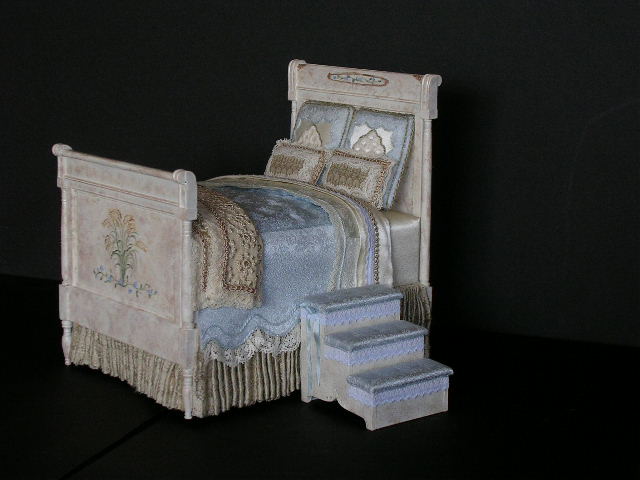
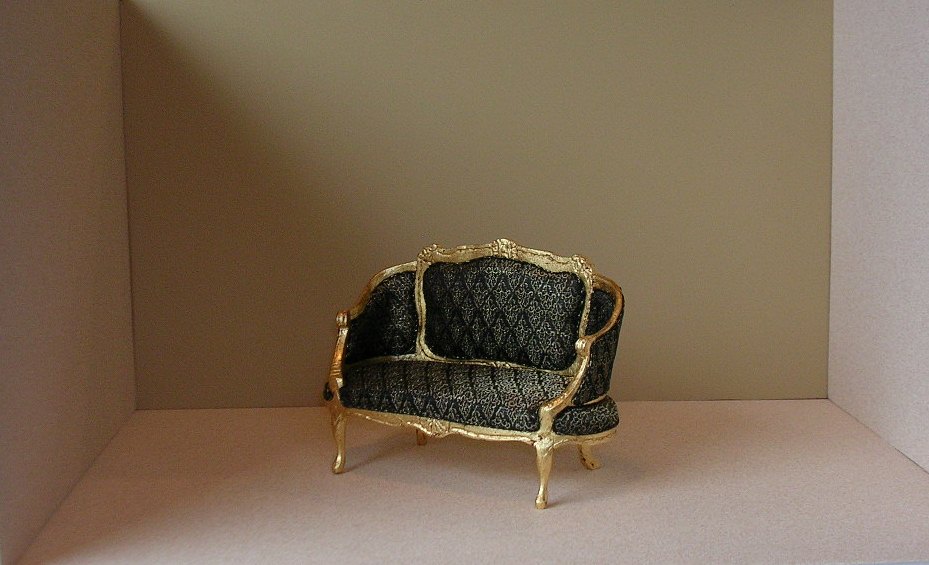
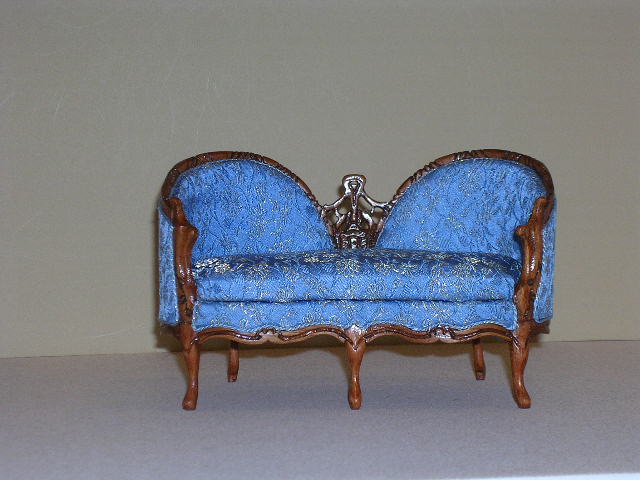
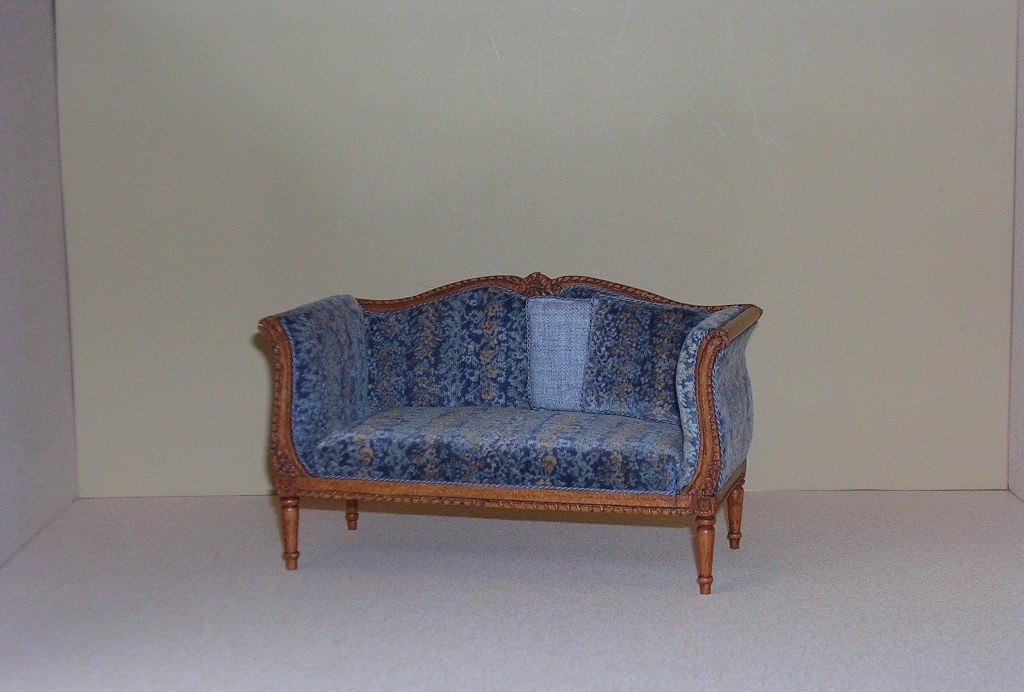
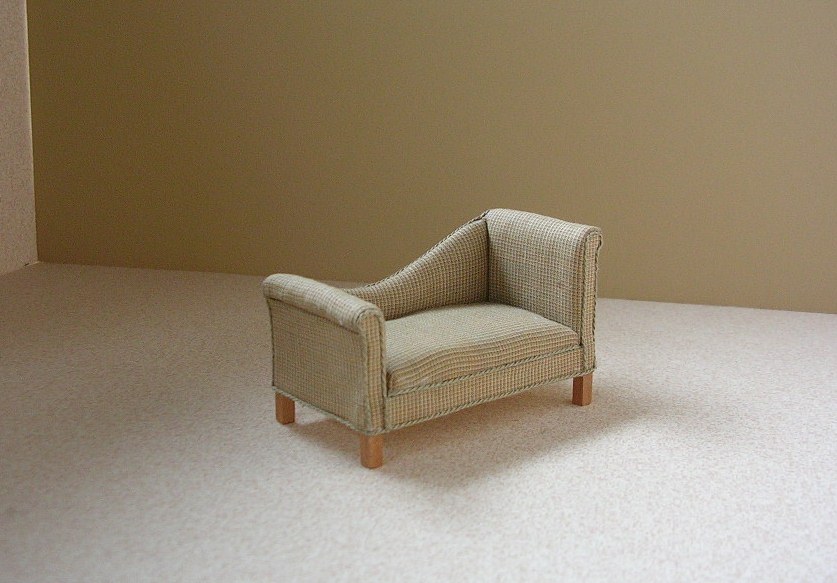
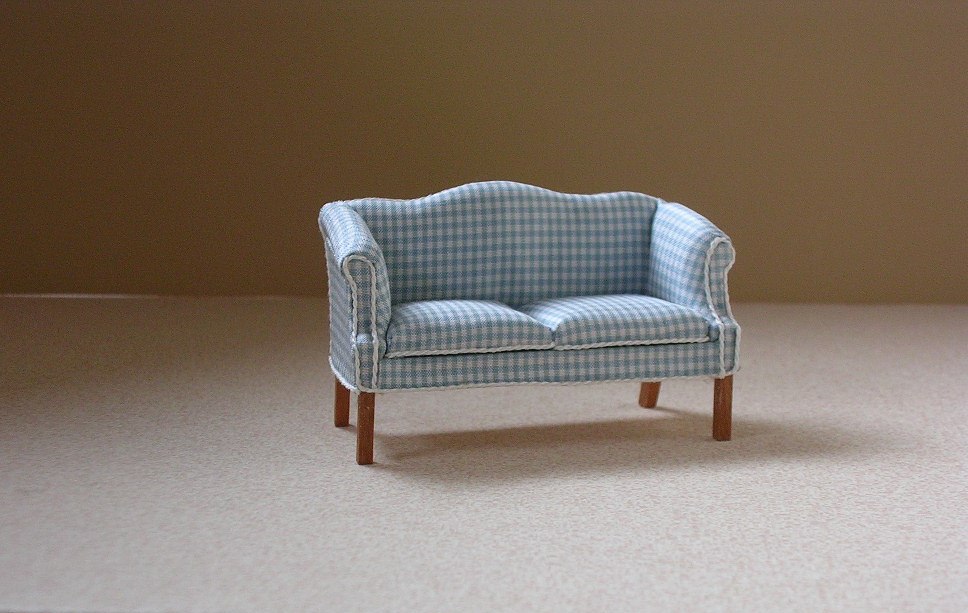
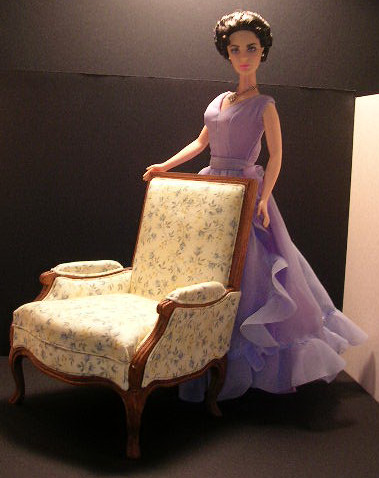
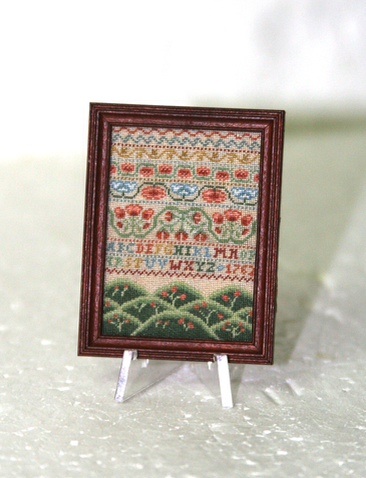 It was that very Christmas that a friend said a doctor in Oak Ridge, Tennessee was going to be at the local museum showing the dollhouses he made. I learned then in 1978 that there were dollhouse magazines and a miniatures shop in Gatlinburg.
It was that very Christmas that a friend said a doctor in Oak Ridge, Tennessee was going to be at the local museum showing the dollhouses he made. I learned then in 1978 that there were dollhouse magazines and a miniatures shop in Gatlinburg.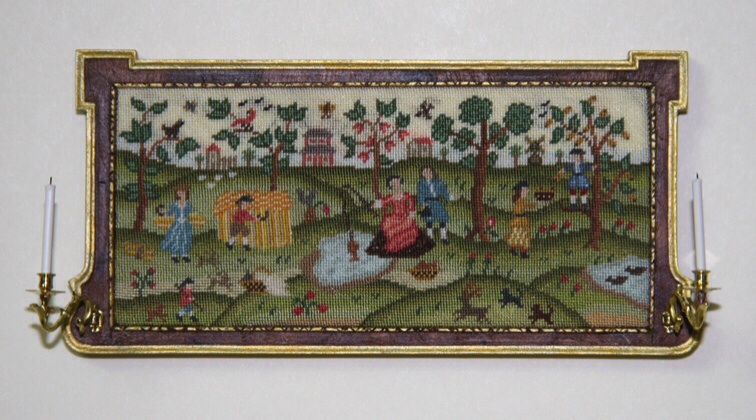
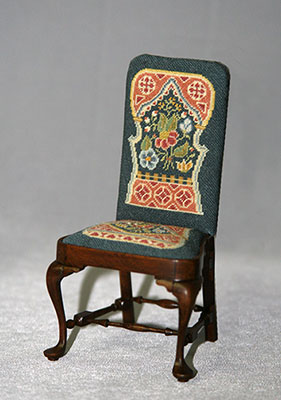
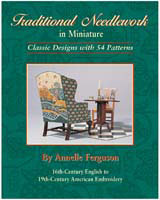
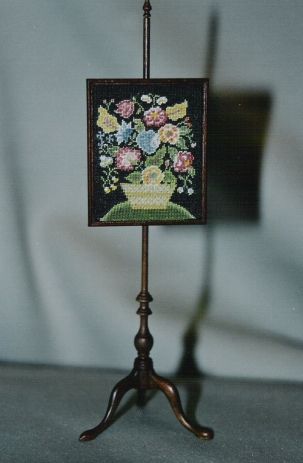

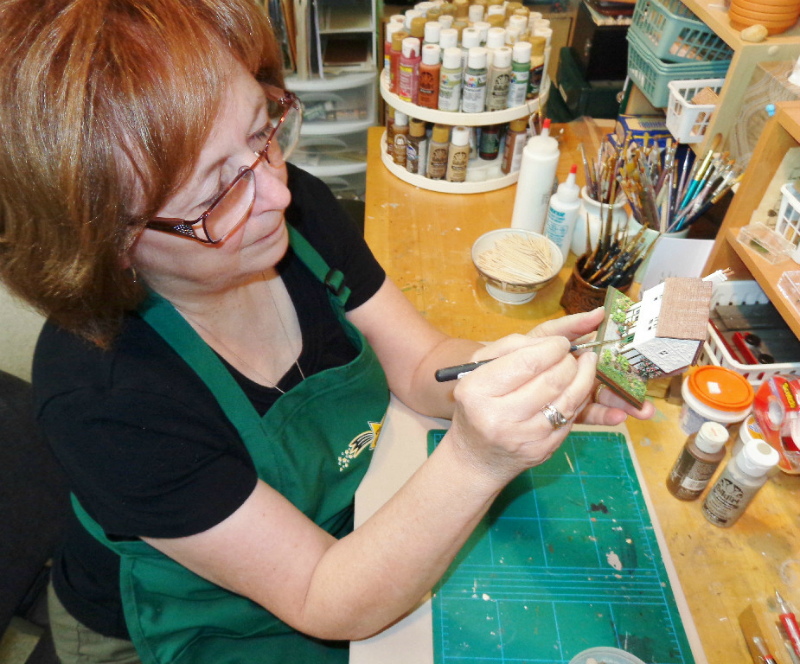
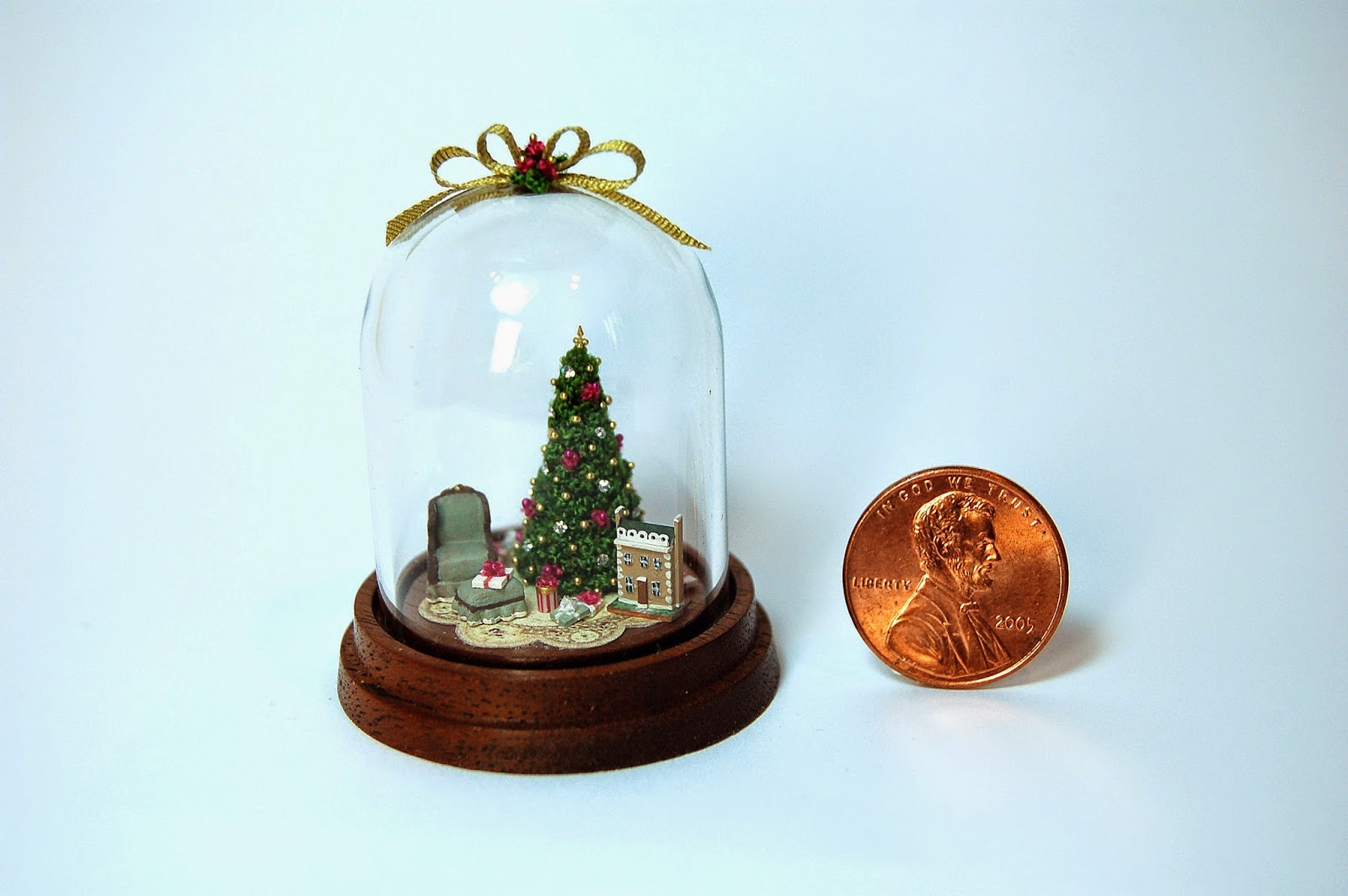
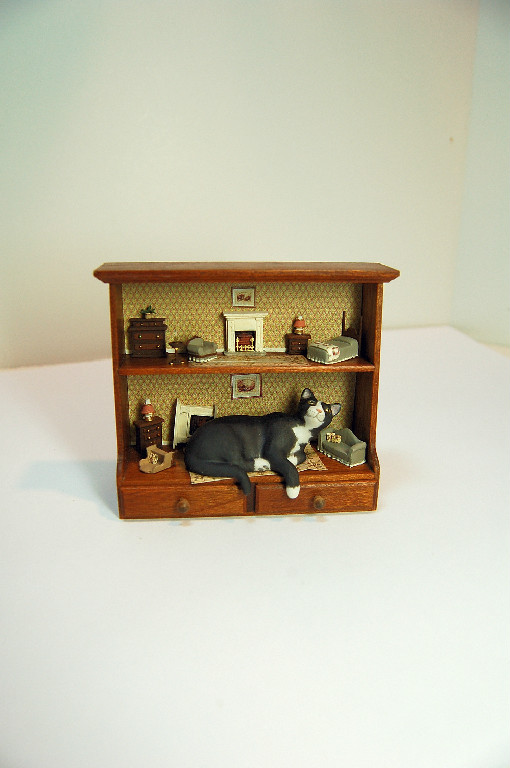
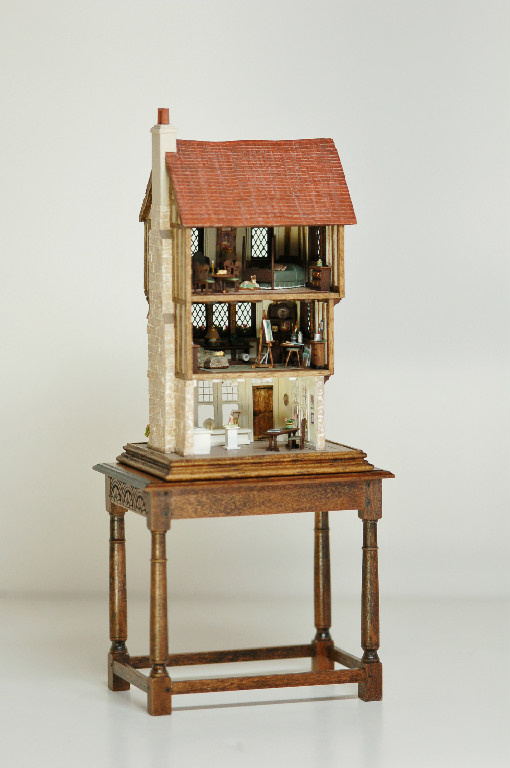
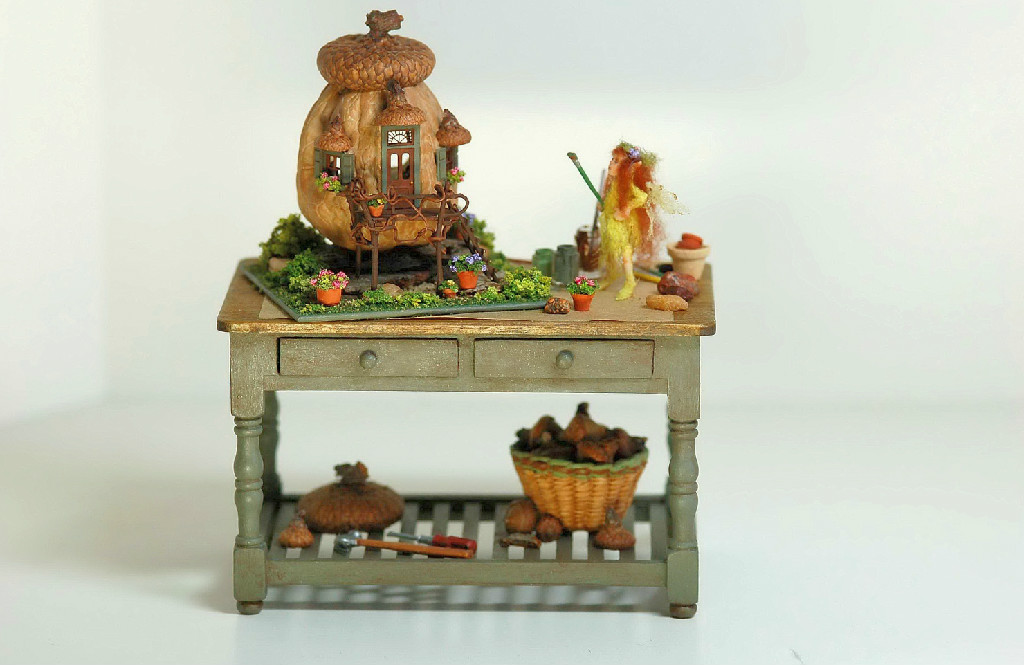
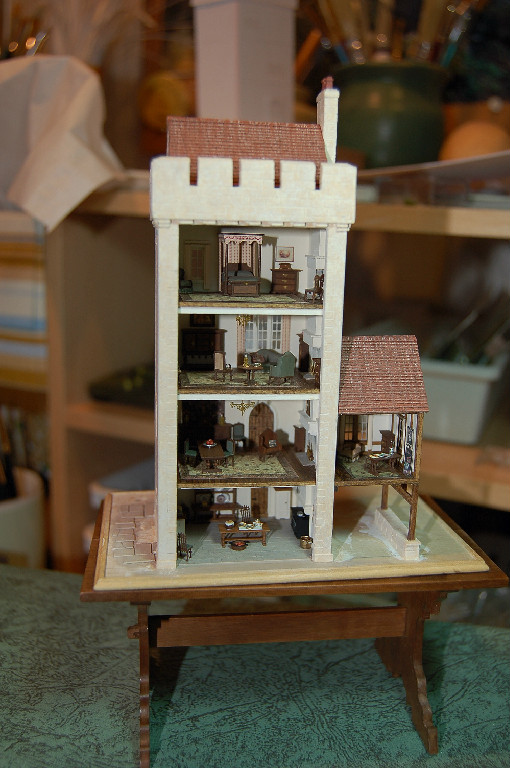
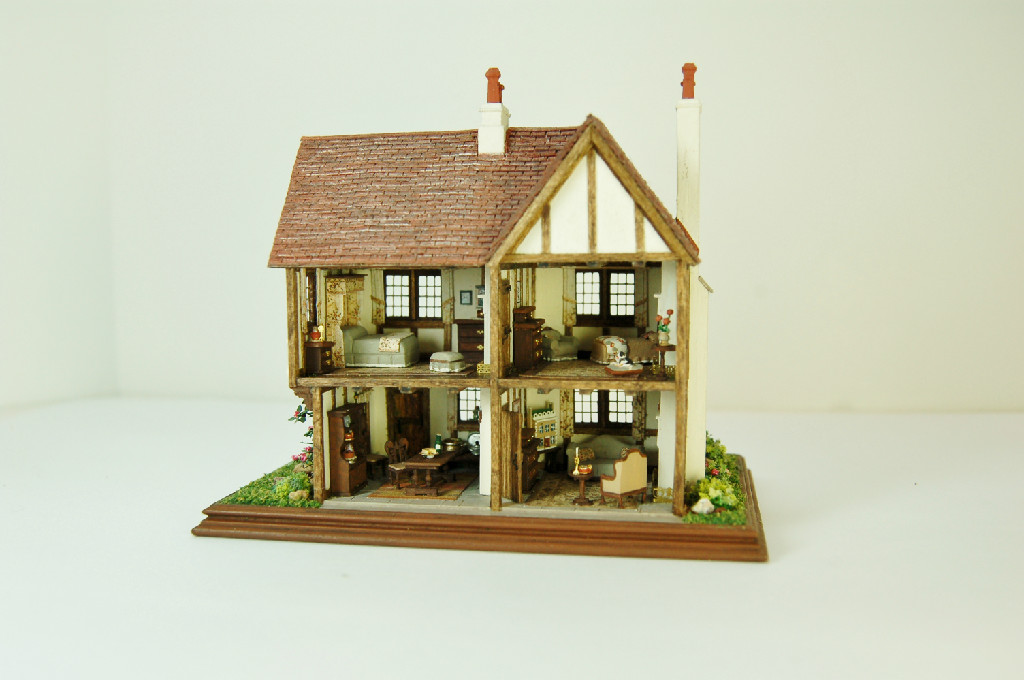
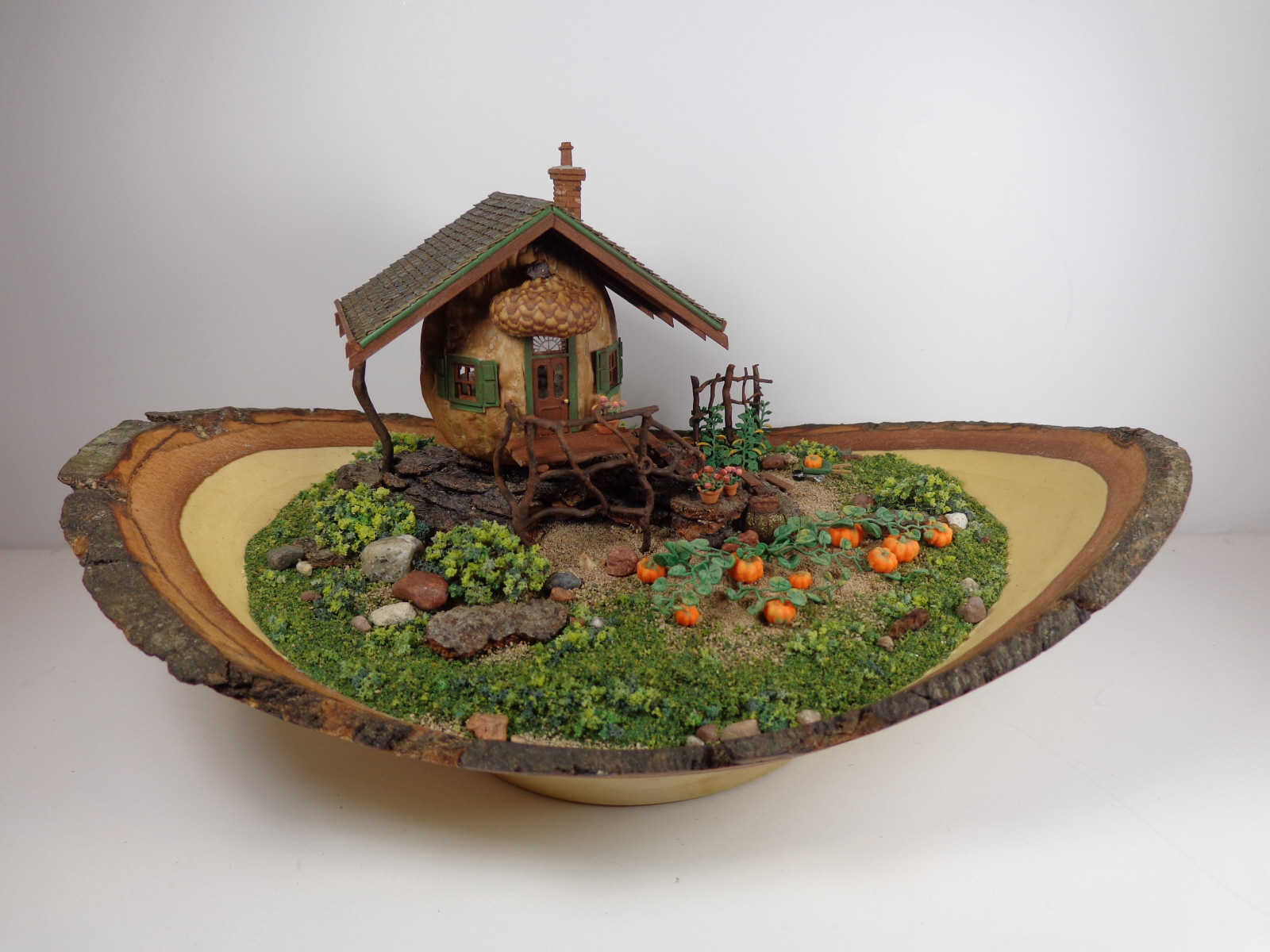
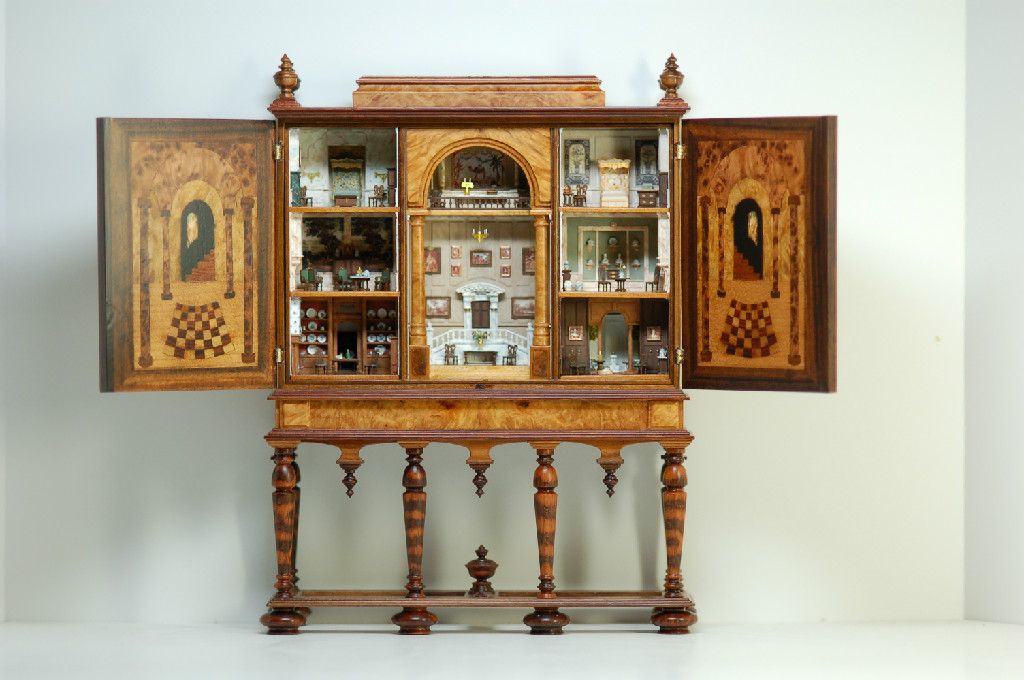
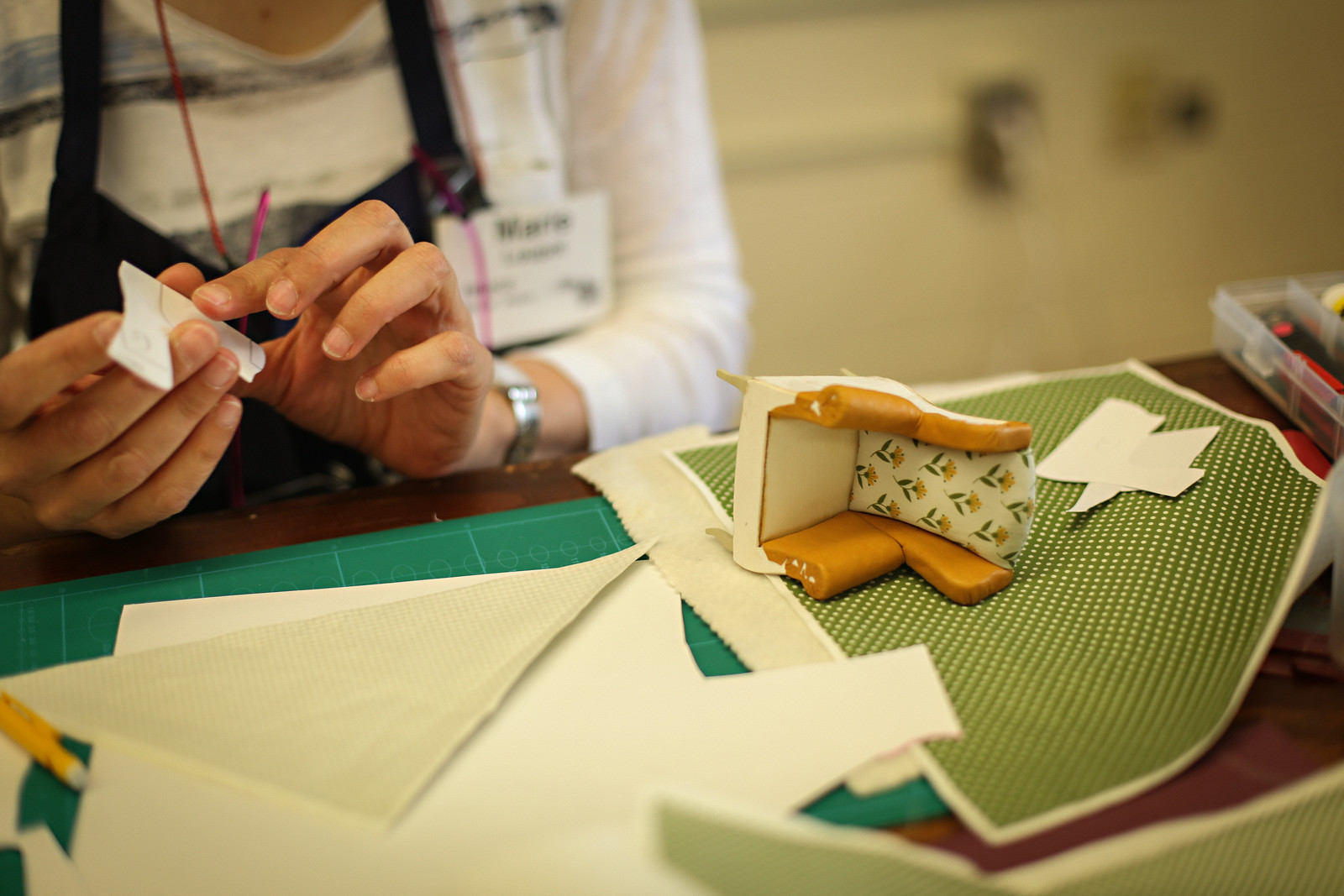
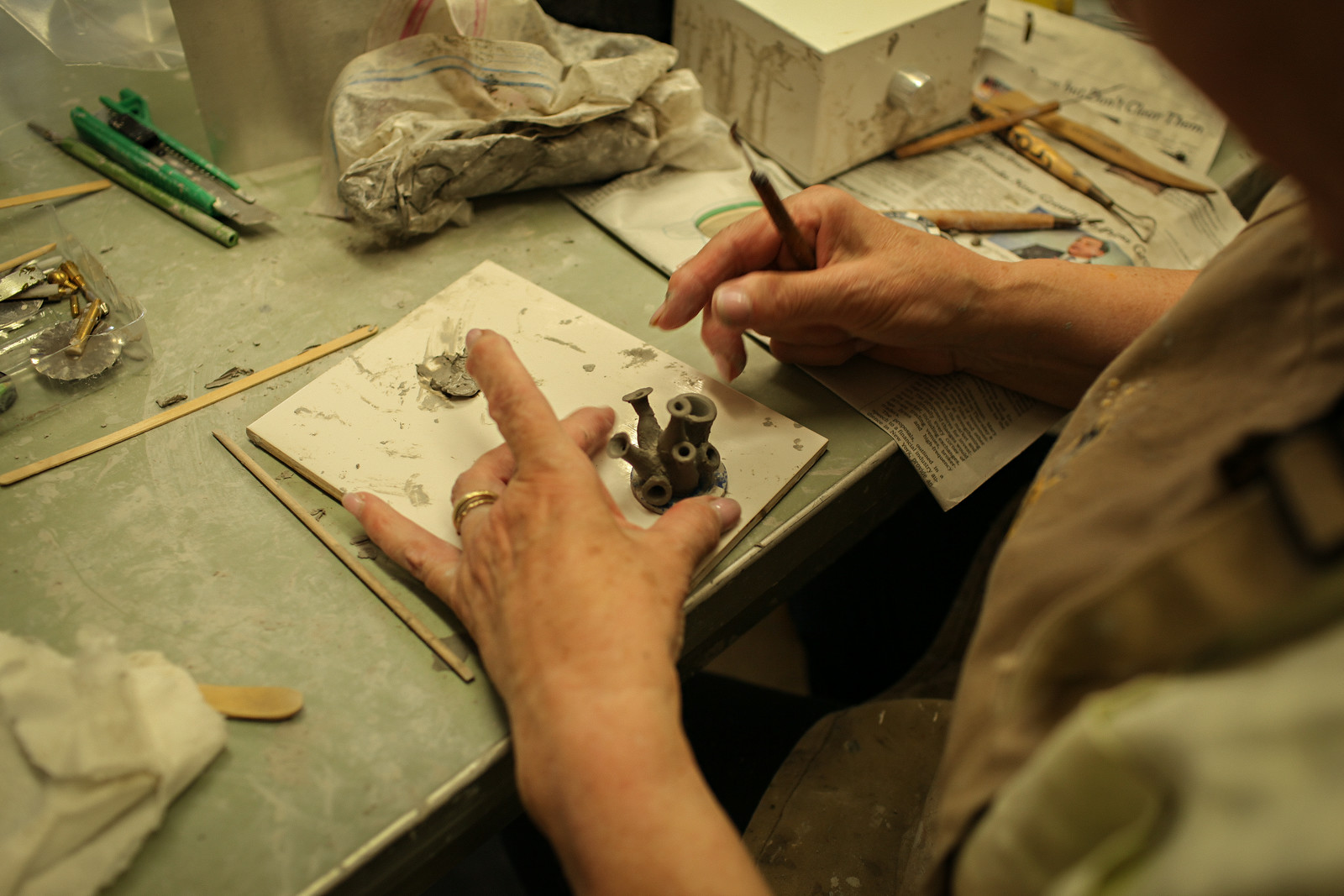
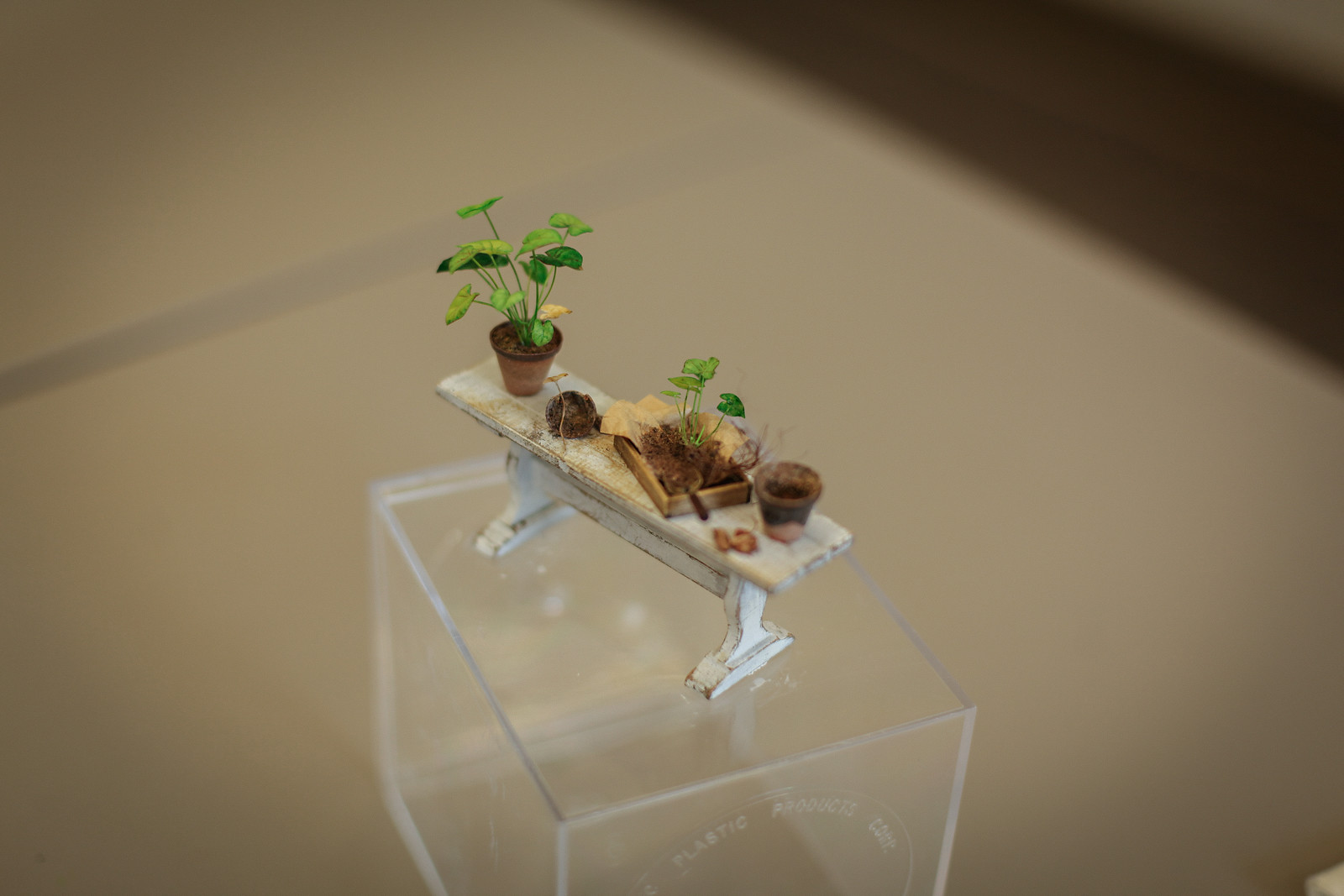
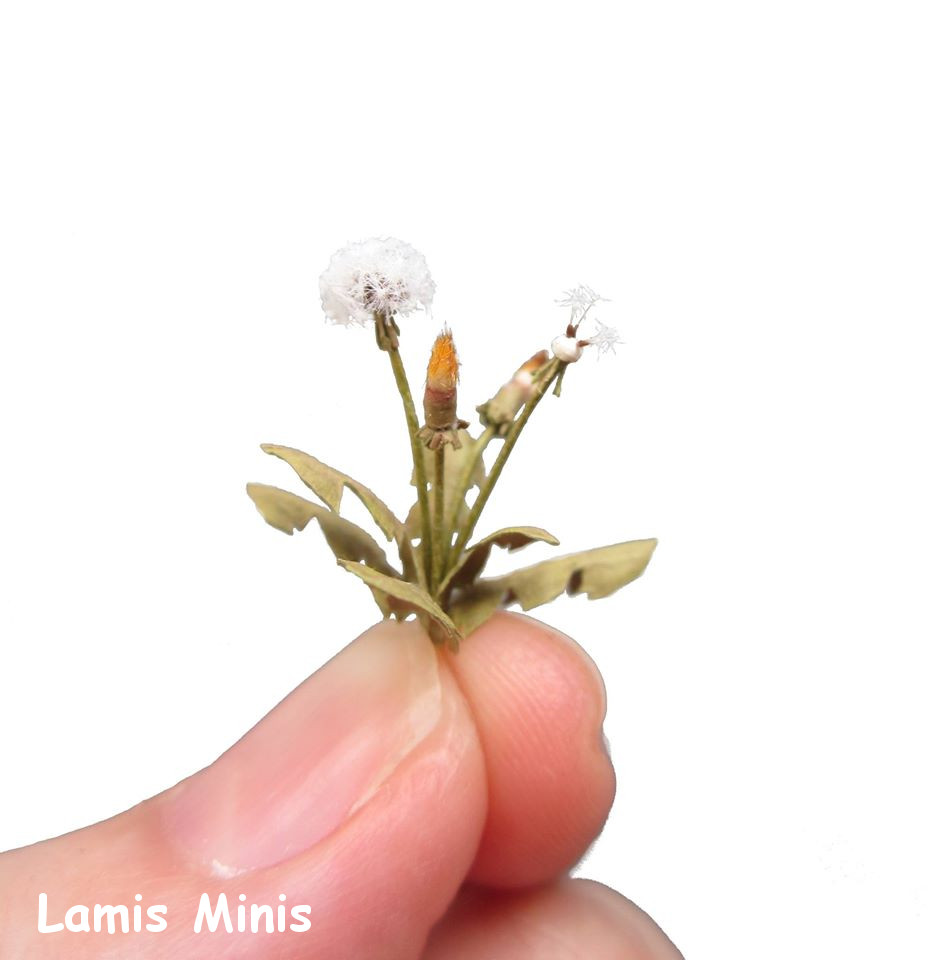 My first visit was to one in Gießen, Germany, and I did not know where to look first, I was overwhelmed. I never knew you could do stuff for your house on your own. That’s when I started my first attempts with
My first visit was to one in Gießen, Germany, and I did not know where to look first, I was overwhelmed. I never knew you could do stuff for your house on your own. That’s when I started my first attempts with 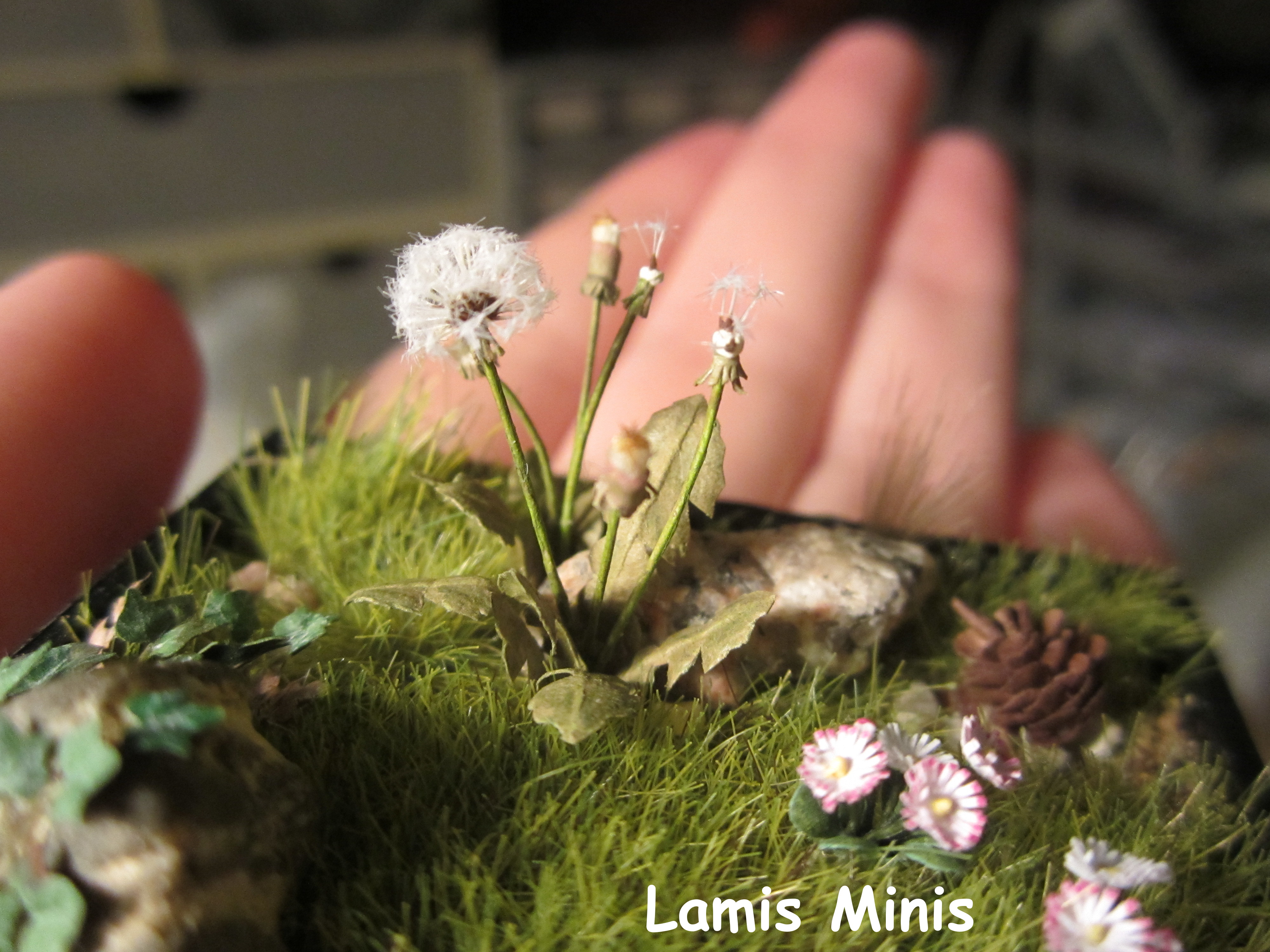
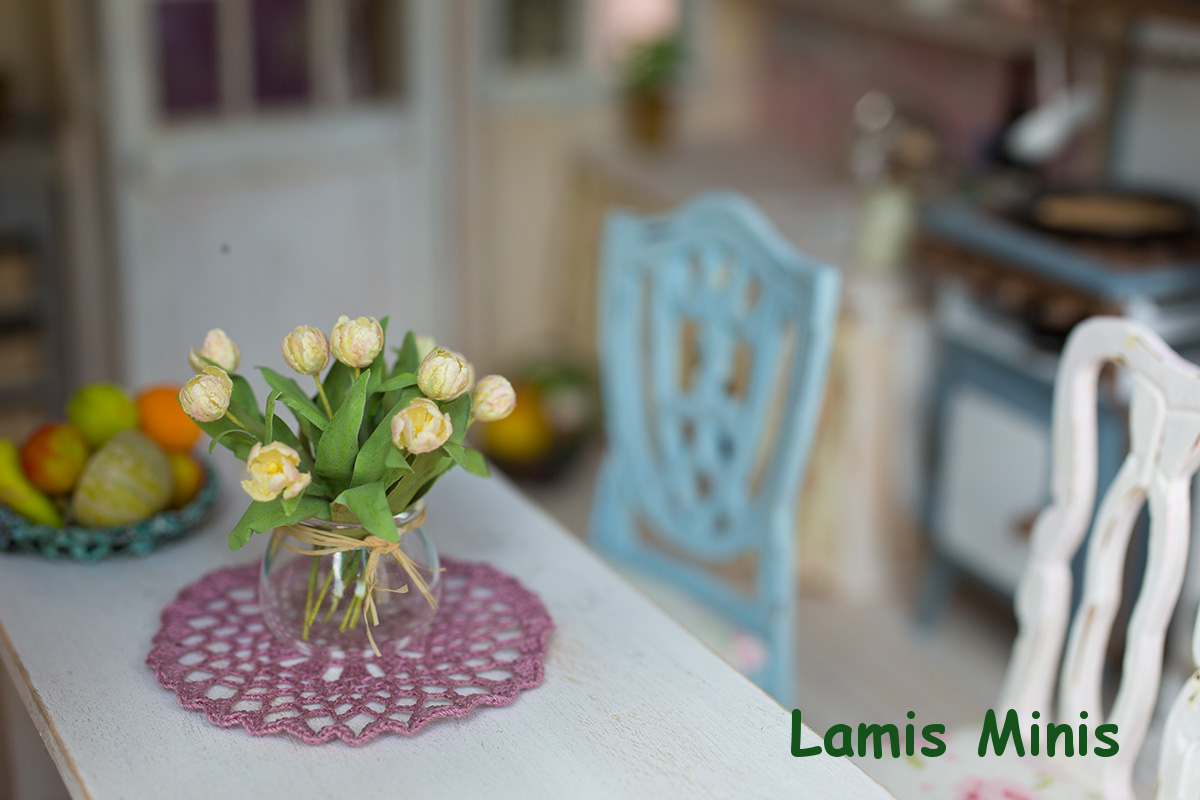
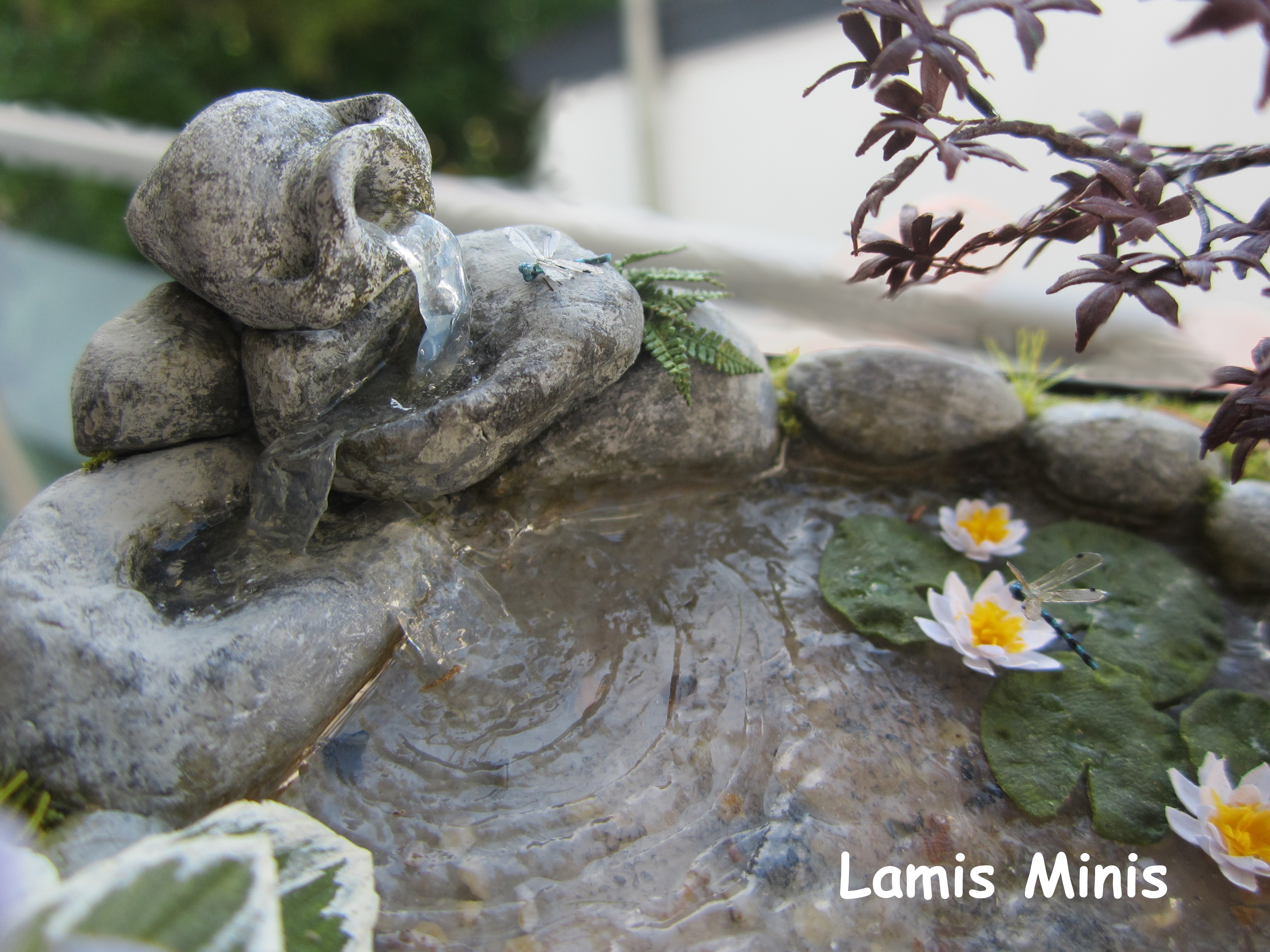 Fellow miniaturists that inspire you?
Fellow miniaturists that inspire you?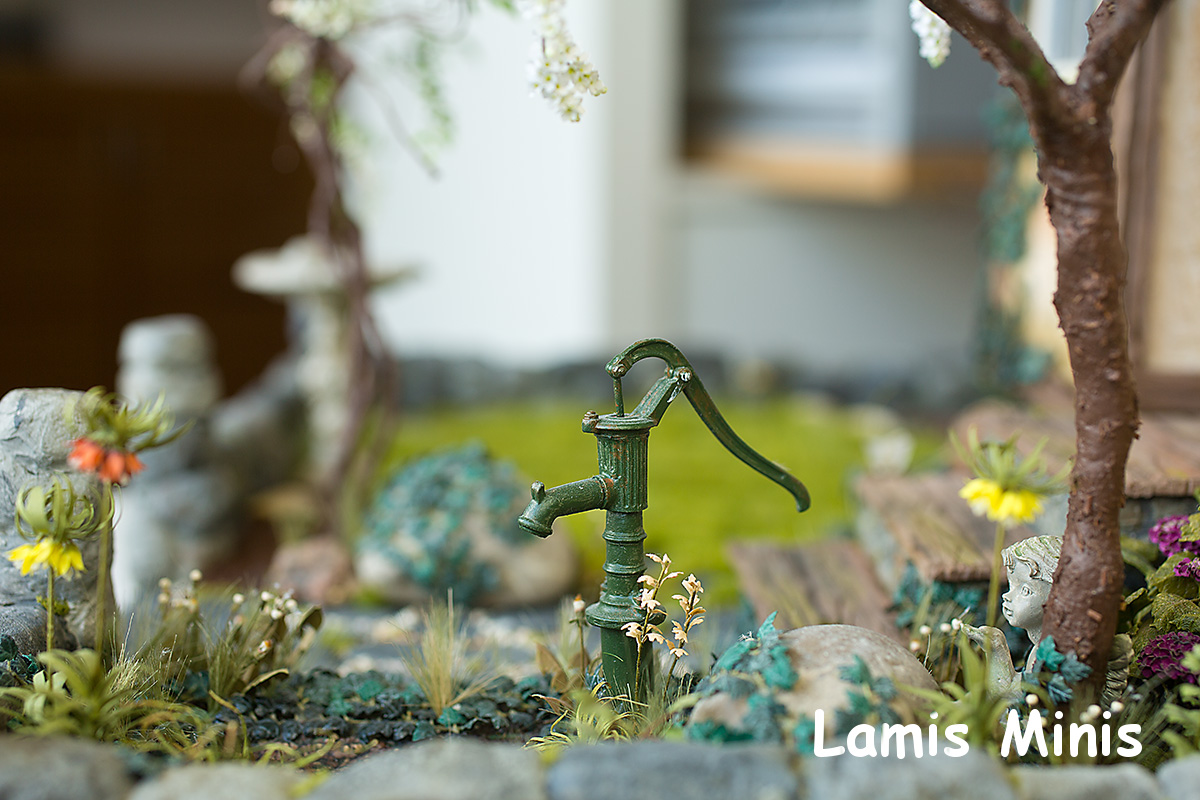
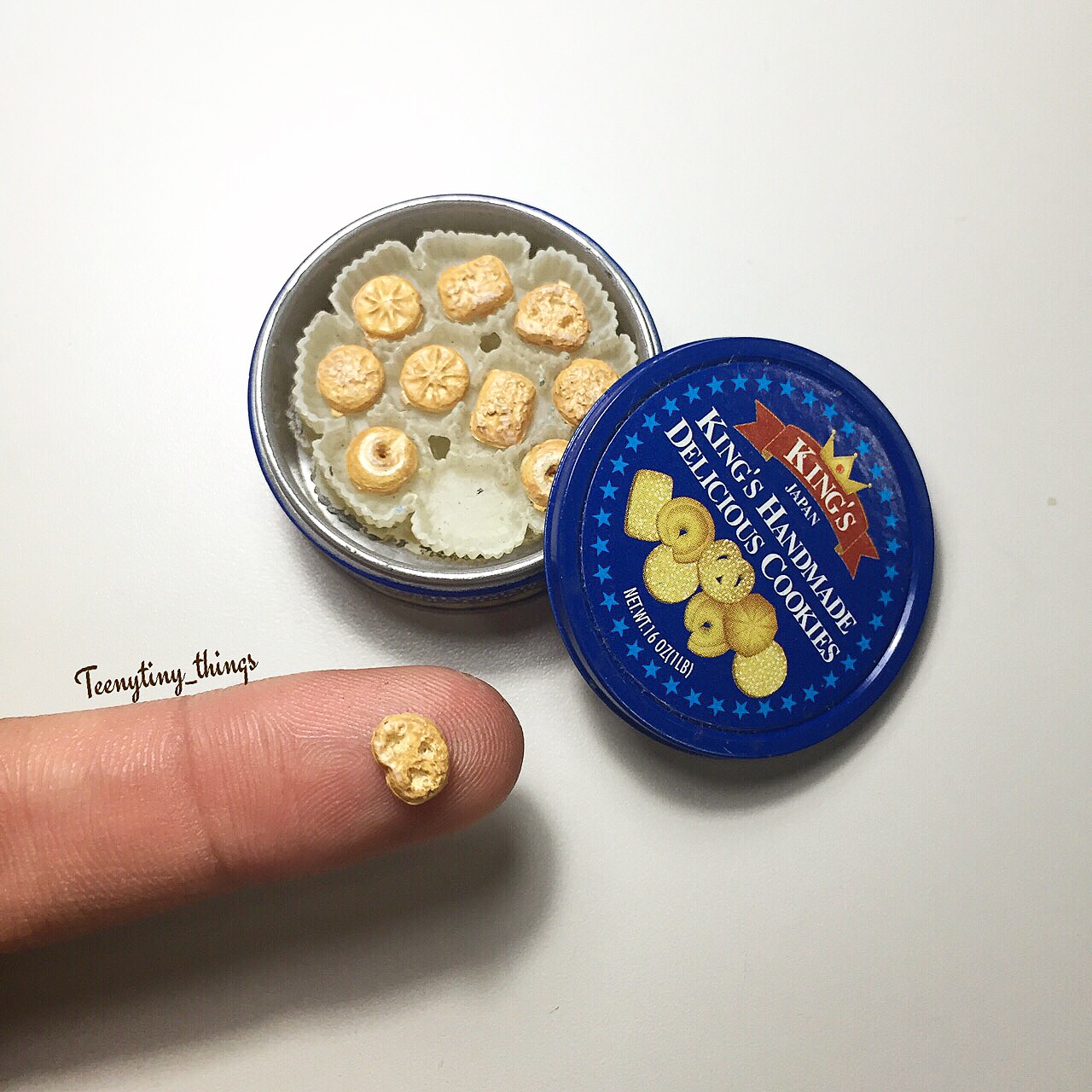
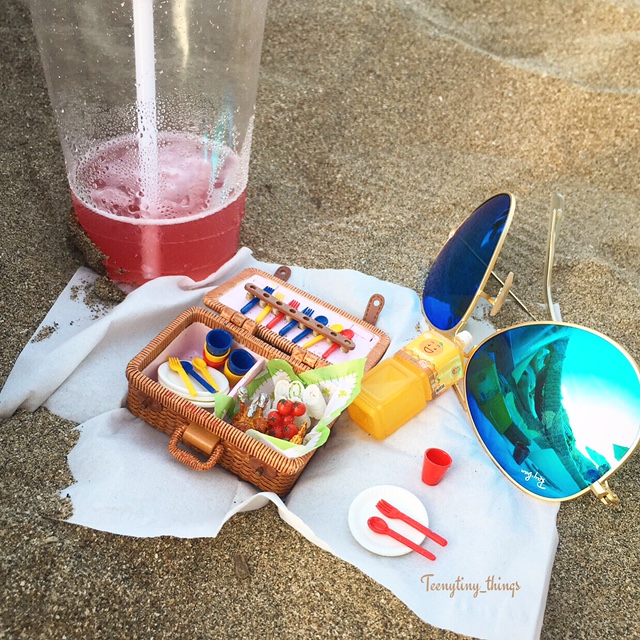

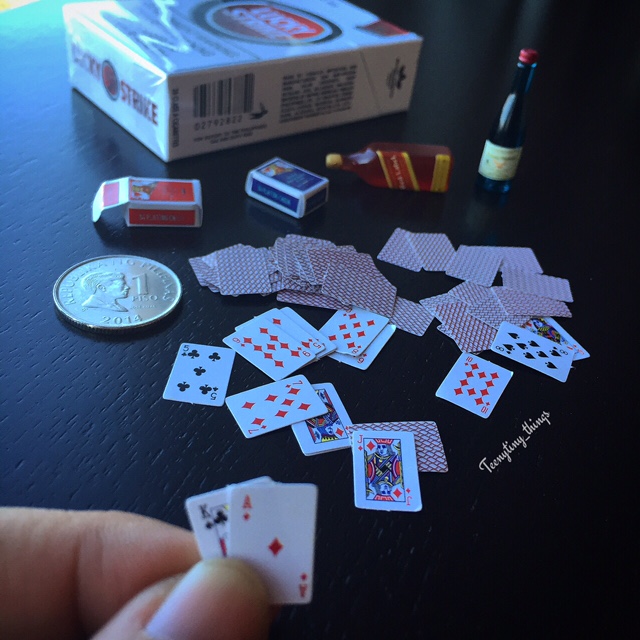
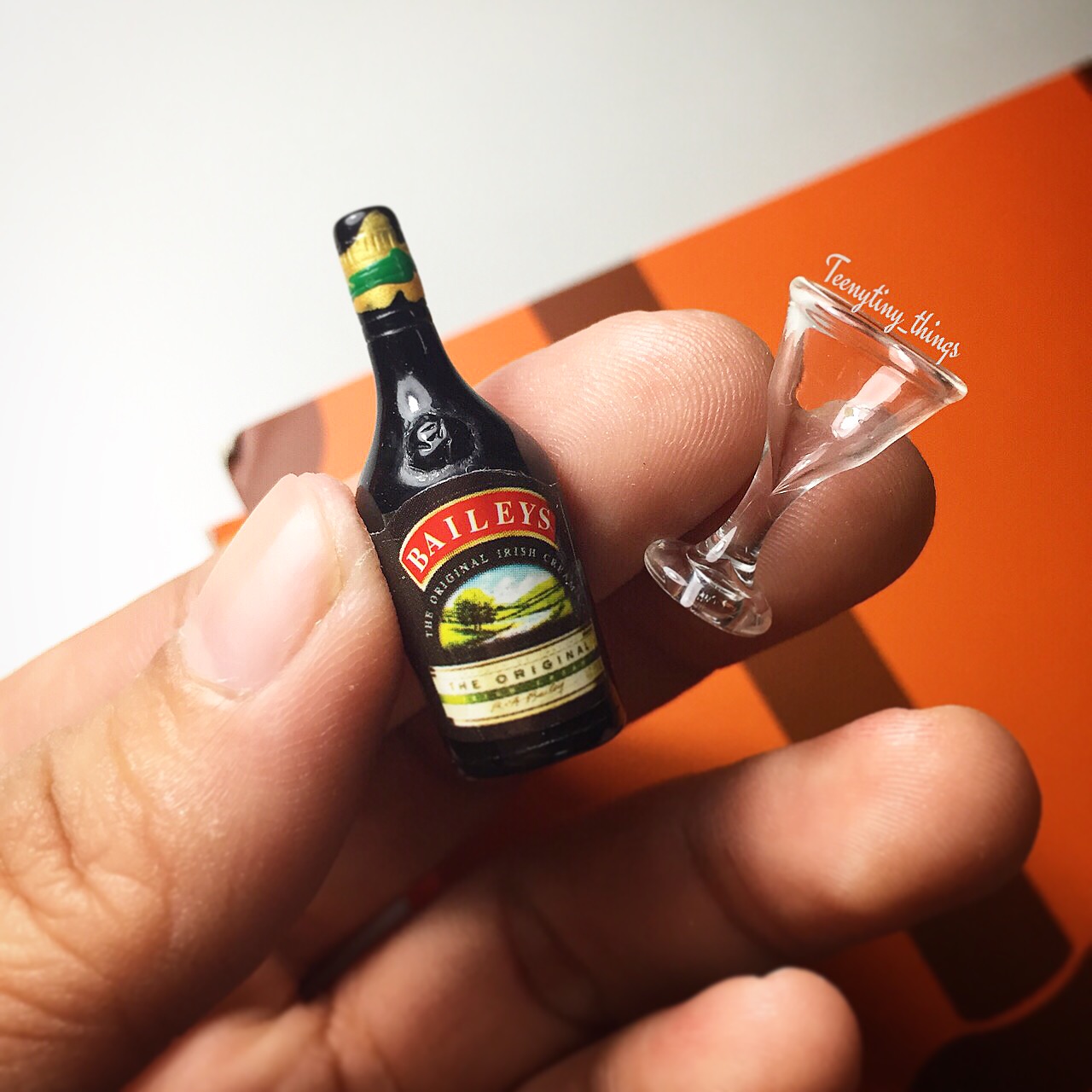


 What is the most memorable miniature you have seen by another artist?
What is the most memorable miniature you have seen by another artist?
